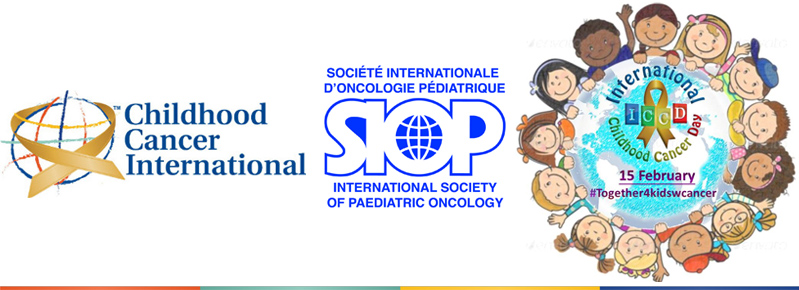
On November 3rd, One Health Day promotes efforts worldwide to bring together health disciplines that affect humans, animals, and the environment. The day also recognizes how closely our shared environment impacts human health.
Did you know that certain animals spread diseases between animals and humans called zoonotic diseases? Some examples of zoonotic diseases include:
- Zoonotic influenza
- Salmonellosis
- West Nile Virus
- Rabies
- Brucellosis
- Lyme disease
- Plague
- Malaria
Coronaviruses are also zoonotic disease. According to investigations, SARS-CoV was transmitted from civet cats to humans. Another type of coronavirus, the MERS-CoV, was transmitted from camels to humans. According to the World Health Organization (WHO), zoonotic diseases cause millions of death each year.
About 60 percent of emerging infectious diseases are zoonoses. These kinds of diseases can be found in every part of the world. Countries with the highest number of zoonotic diseases include Ethiopia, Nigeria, Tanzania, and India. Other countries are considered hotspots for emerging zoonotic diseases. These countries include the northeastern United States, the UK and other parts of Western Europe, and Brazil.
It takes cooperation amongst many groups of people to combat zoonotic diseases. Physicians, veterinarians, pet owners, farmers, ecologists, policymakers, and those who monitor public health threats form the group. The groups hope that working together will better understand zoonotic diseases. Understanding will lead to better control of zoonotic diseases and fewer cases worldwide.
